When someone gets hurt, my first instinct is to jump in and help. I want to do whatever I can to make things better. But I’ve learned that, even with the best intentions, acting without the right knowledge can sometimes make things worse. First aid isn’t just about acting fast—it’s about knowing the right steps to take.
From giving improper CPR to using the wrong tools, there are so many mistakes that could do more harm than good. Knowing what not to do can be just as important as knowing what to do. Here are 13 common first aid mistakes that can actually make things worse.
Tilting The Head Back During A Nosebleed

Many people think tilting the head back during a nosebleed is the right move. Unfortunately, this causes blood to flow down the throat, potentially leading to choking or even vomiting. Instead, lean forward slightly and pinch the nostrils just below the bridge of the nose to help stop the bleeding.
Putting Ice Directly On A Burn
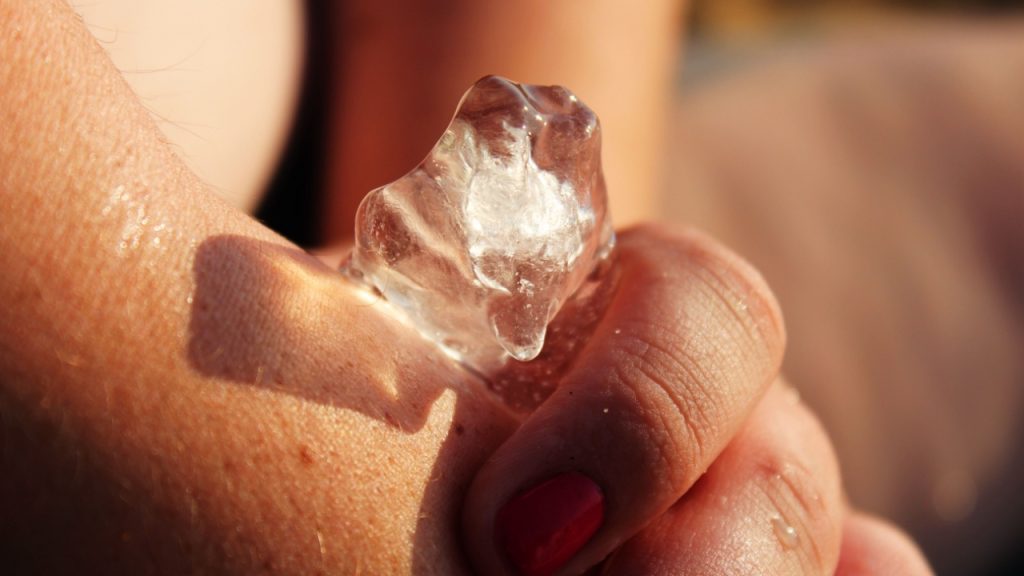
It might seem like ice would help cool a burn, but it can actually cause more damage by freezing the skin. Ice can lead to frostbite and increase the injury. Instead, use cool (not cold) running water for about 10-20 minutes to reduce the temperature of the burn and ease the pain.
Removing Objects Stuck In A Wound
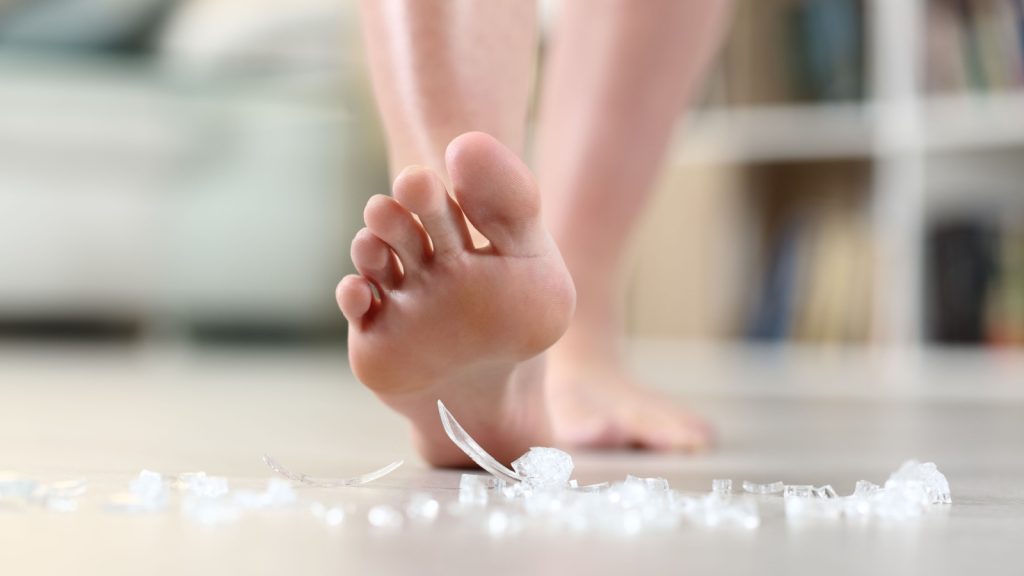
If someone has been impaled by an object, like a piece of glass or metal, it’s crucial not to remove it. Pulling out the object can cause more bleeding and damage. Instead, stabilize the object with clean cloth or bandages, and get the person to professional medical help as soon as possible.
Performing The Heimlich On A Coughing Person

If someone is coughing, it means air is still moving through their airway, so performing the Heimlich maneuver isn’t necessary. In fact, it can cause injury. Encourage the person to keep coughing instead, as this is their body’s natural way of expelling the blockage.
Using Butter Or Ointment On Burns

Applying butter or oily substances to a burn is an old myth that can trap heat in the skin, worsening the injury. Instead, as mentioned earlier, cool water is the best immediate remedy for a burn. After that, cover the burn with a clean, non-stick bandage.
Giving Water To Someone Having A Seizure

It’s instinctual to want to help someone having a seizure by giving them water or trying to hold their tongue, but this can be dangerous. Never put anything in their mouth during a seizure. Instead, clear the area of hard objects and gently roll the person onto their side to keep their airway clear.
Using Alcohol Or Hydrogen Peroxide To Clean Wounds
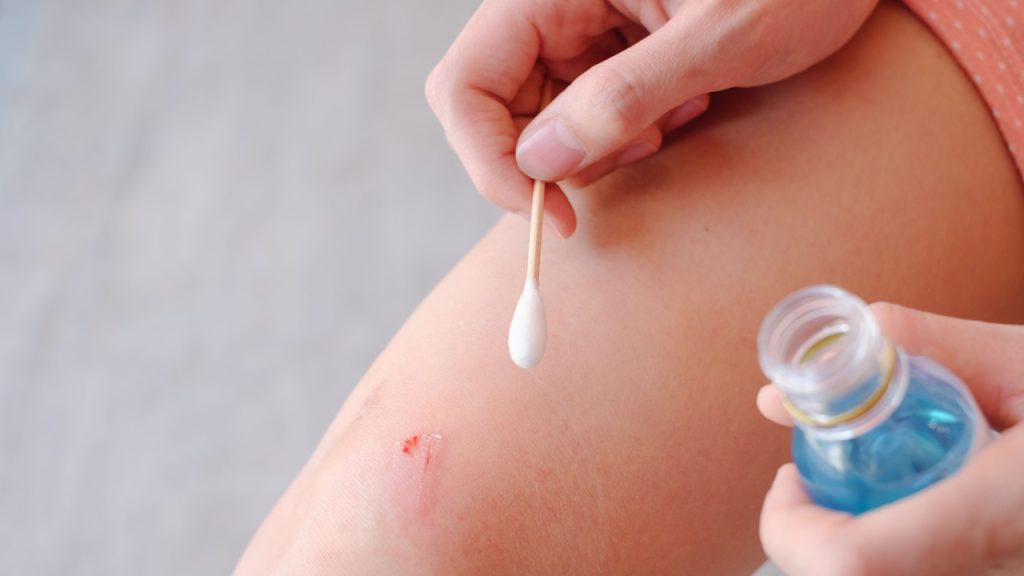
While alcohol and hydrogen peroxide can kill bacteria, they also damage healthy skin tissue and slow down healing. It’s better to rinse the wound with clean water and use a gentle antiseptic or saline solution to clean it.
Applying Heat To A Sprain Or Strain Immediately
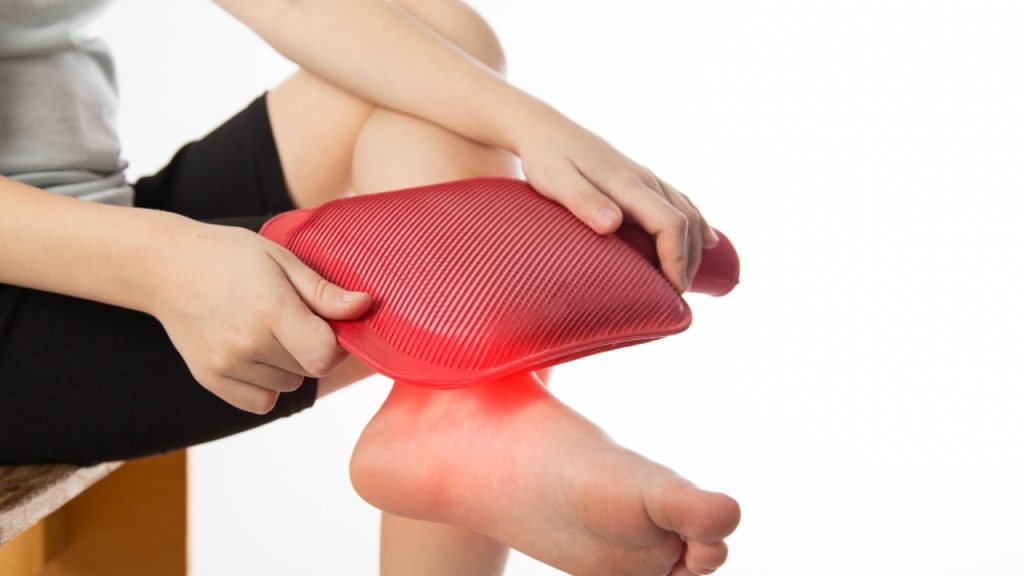
Heat might feel soothing, but applying it right away to a sprain or strain can increase swelling. Instead, use the R.I.C.E method: Rest, Ice, Compression, and Elevation. Ice helps reduce swelling and numbs the pain during the initial injury phase.
Popping Blisters
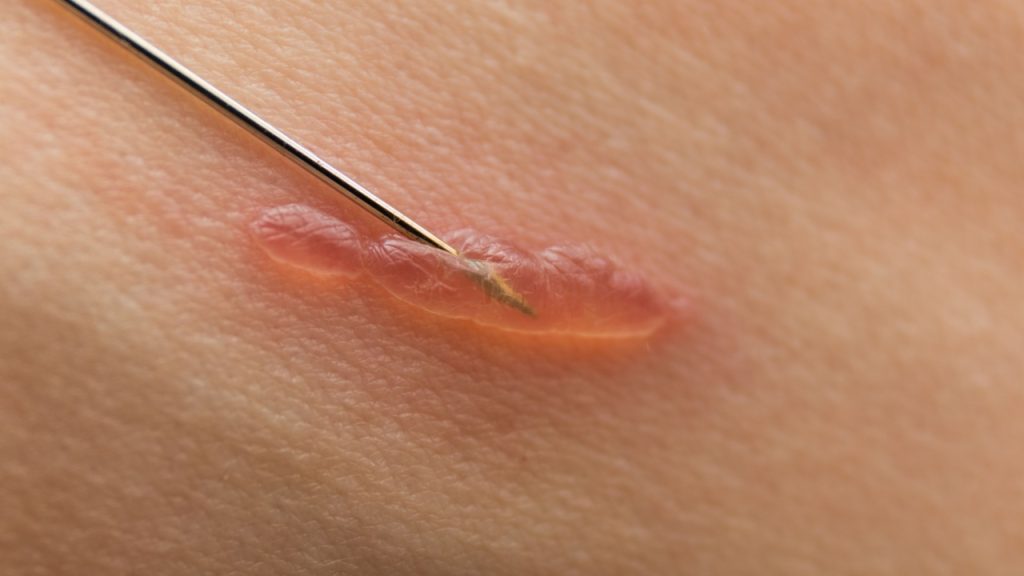
It’s tempting to pop a blister to relieve pressure, but doing so opens the door for infection. Blisters are the body’s way of protecting a healing wound, so leave them intact. If the blister does pop on its own, keep the area clean and covered with a bandage.
Giving Someone With Low Blood Sugar A Sugary Drink Too Quickly

For people with diabetes experiencing low blood sugar, giving something sugary like juice is helpful. However, giving them too much too fast can lead to a blood sugar spike and crash. Instead, provide small amounts of juice or candy and wait a bit before offering more if necessary.
Lifting A Fainting Person Immediately

If someone faints, trying to lift them back up too quickly can cause them to faint again. Instead, lay them flat on their back, elevate their legs slightly, and let them rest. This helps blood flow back to the brain and can prevent further fainting spells.
Not Washing Your Hands Before Treating A Wound

It’s easy to forget, but dirty hands can introduce bacteria to a wound, increasing the risk of infection. Always wash your hands thoroughly or use hand sanitizer before treating someone’s injury, even in an emergency.
Assuming CPR Always Involves Mouth-to-Mouth
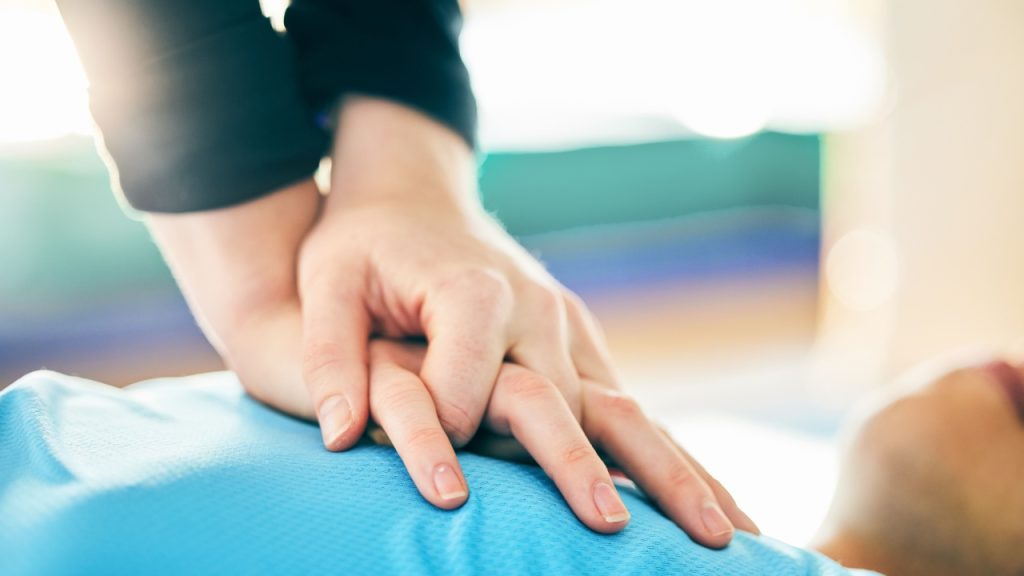
In most cases, especially for untrained individuals, hands-only CPR is more effective and easier to perform. Compressions keep blood flowing to vital organs, and the breath component is often unnecessary. Focus on strong, steady chest compressions until help arrives.
Ellen has been obsessed with logic puzzles, jigsaws, and cryptograms since she was a kid. After learning she was taught how to play chess wrong by a family friend (so they could win), she joined her school chess club and the rest is history.


